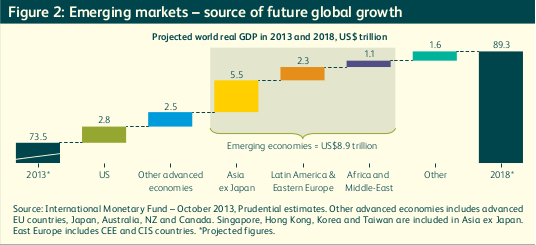Investing basics C market funds
Post on: 3 Июнь, 2015 No Comment

Table of contents
Banks, brokerages and mutual fund companies offer money market mutual funds, or MMFs. They’re most commonly used by people with brokerage accounts who sell a stock and then put the proceeds in a MMF until they decide where to reinvest the cash. But these funds can be used to build cash for an emergency fund or other short-term goals.
Money market funds are not FDIC-insured, even if you open an account at a bank. That means there is some risk but, historically, it has been slight. You may find that what little risk exists is worth it because money market funds traditionally pay a better interest rate than a bank money market account, or MMA.
Money market funds are regulated and are required to invest in short-term debt securities such as certificates of deposits and U.S. Treasury bills. The funds try to maintain a share price of $1; however, there’s no guarantee a fund will be able to maintain the share price.
There have been two cases where money market funds have broken the buck — failed to maintain the $1 share price. The first instance involved the Community Bankers U.S. Government Money Market Fund, which was liquidated in 1994 at $0.96 on the dollar. It was an institutional fund and no retail investors lost money.
The second failure was Reserve Primary Money Fund, which broke the buck in 2008. Reserve was the nation’s first money market fund and, by the time it is resolved, consumers may lose an estimated $0.02 to $0.08 on the dollar.
But, by and large, money market funds are not problematic and, in fact, have one of the best records for safety.
Money market funds
- MMFs are not FDIC-insured. Higher rates than MMAs. Check writing and money transfer privileges (often have minimum requirements, limitations and fees). Withdrawals may have fees. Limited preauthorized short-term debt securities. Safe, secure and regulated short-term debt securities. Fees (expense ratio) are included to cover fund management. Taxable and tax-free funds.
High-yield accounts
Since someone is paid to oversee the fund and manage the investments in it, you’ll pay a fee called the expense ratio, which helps pay the cost of running the fund. The advertised yield has already had the expense ratio deducted. Fees reduce the yield, so it’s always important to look for a fund with a low expense ratio. Vanguard has a reputation for having some of the lowest fees around. If they’re charging an expense ratio of 0.20 percent, it’s fair to assume that the industry average is perhaps 0.35 percent. You’d want to avoid funds charging much above that. You can find the expense ratio information in the prospectus and on many brokerage or stock sites.
Money market funds are divided into two categories, taxable and tax-free. Taxable funds usually pay a higher yield, but that doesn’t always make them a better deal. If you’re weighing a taxable fund against a tax-free fund, you’ll need to do some math called the tax-equivalent yield formula to see which will give you the better return.
Money market funds allow you to write checks and make electronic transfers, but most accounts establish a minimum dollar amount. Electronic, telephone and preauthorized transactions are limited by federal regulations to six per month, with no more than three being by check, draft or debit card. Check with your institution to see if it imposes a fee after a certain number of withdrawals if your account balance drops below a certain level.














